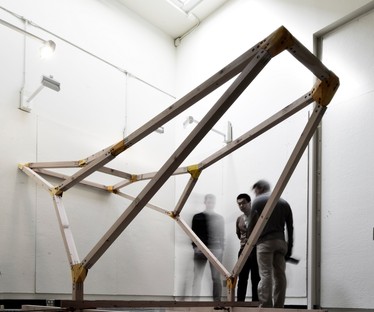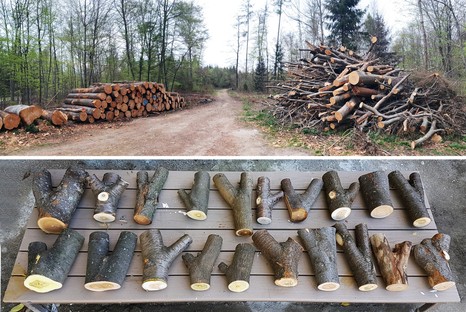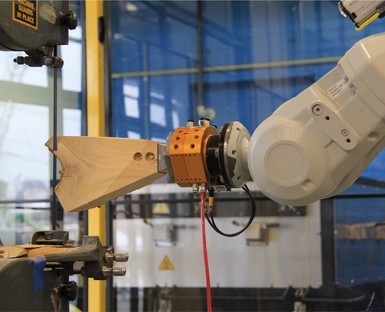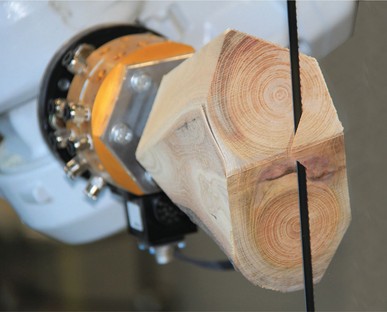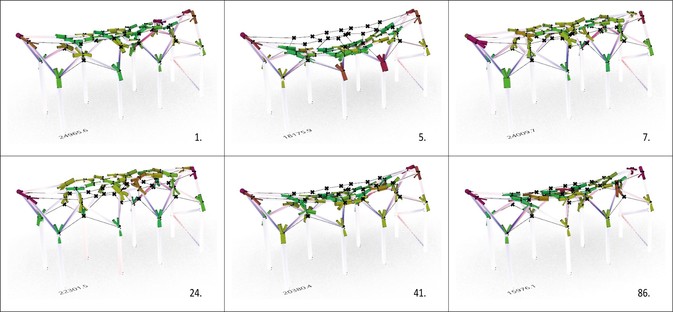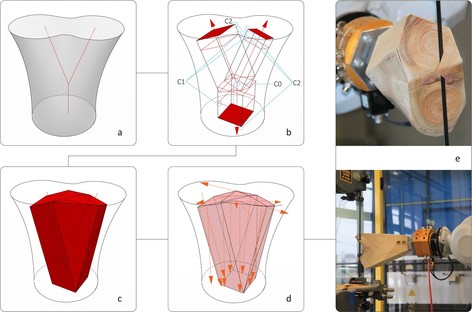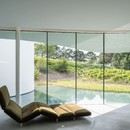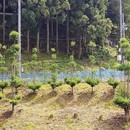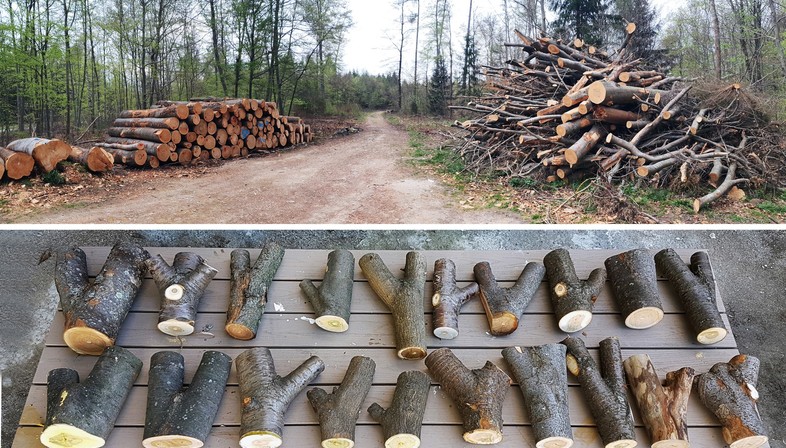
Tree ramifications have always been considered nothing more than a byproduct, unusable scrap, as they disturb the long, straight, regular shape of the main trunk. A new perspective on them only came about following research initiated by Felix Amtsberg, a researcher at the University of Stuttgart, working closely with Yijiang Huang, Daniel J.M. Marshall and Caitlin Mueller from the Massachusetts Institute of Technology as well as Kevin Moreno Gata, Chair of Structures and Structural Design at Aachen University. This expert team set about investigating the possibilities offered by these irregular sections of the tree, which have unique configurations and unrivalled structural strength.
The joints used in construction are often made out of raw materials, such as metal, the extraction of which has a marked impact on the environment. With this in mind, the research in question proposes a different approach, providing practical guidance on how to replace less-sustainable materials such as metal with a natural element that is already available in abundance: tree forks. Not least because trees are already being felled by the thousands. Strangely, the desire to find a use for these joints has until now remained a seldom-explored practice, yet if applied on a large scale, it could produce incredibly positive results.
Caitlin Mueller, an associate professor in MIT’s Building Technology programme and leader of the research group on digital structures, describes tree forks as: “naturally engineered structural connections, that work as cantilevers in trees, which means that they have the potential to transfer force very efficiently thanks to their internal fiber structure”. Mueller continues: “If you take a tree fork and slice it down the middle, you see an unbelievable network of fibers that are intertwining to create these often three-dimensional load transfer points in a tree. We’re starting to do the same thing using 3D printing, but we’re nowhere near what nature does in terms of complex fiber orientation and geometry.”
The research team then went on to develop a five-stage workflow from design to production, combining natural structures with digital and computational tools that are now commonly used in architectural design. The use of calculation tools, which are based on machine learning and generative design, makes it possible to optimise the identification of the bifurcation with the most suitable shape for the design requirements at hand, using it in the project with as few cuts as possible.
The first step consists of identifying the design requirements and cataloguing all the available forks in a digital library. This is achieved via 3D scanning, which can even be carried out with a smartphone app.
Once this is complete, the second step involves searching for a match between the contents of the digital library and the forms in a given structure to be built - a process that is carried out automatically by the software.
The third step then uses an algorithm to adjust the combinations that have been identified and then, if necessary, modify both the design and the structure. In short, the software will be able to optimise the layout and arrangement of the forks throughout the structure.
Once the design phase is complete, we move to the fourth step: cutting down the forks as little as possible in order to remove the bark and adapt the joint to suit the artificial structure. This phase is also managed by an algorithm, which generates the cutting instructions before passing them on to a robot at the Autodesk Technology Center in Boston for implementation.
Last but not least, the fifth step - the manual assembly of the structure - is the only one not to involve the support of advanced technology.
The time has now come to make the leap from the theory of research to practical implementation in the real world. Indeed, as Mueller reminds us, this approach is: “at least potentially scalable and potentially achievable within our industrialized materials processing systems”.
Francesco Cibati
Photo by Felix Amstberg
Research credits: Felix Amtsberg, Yijiang Huang, Daniel J.M. Marshall, Kevin Moreno Gata, Caitlin Mueller
Original research paper: https://thinkshell.fr/wp-content/uploads/2019/10/AAG2020_25_Amtsberg.pdf










